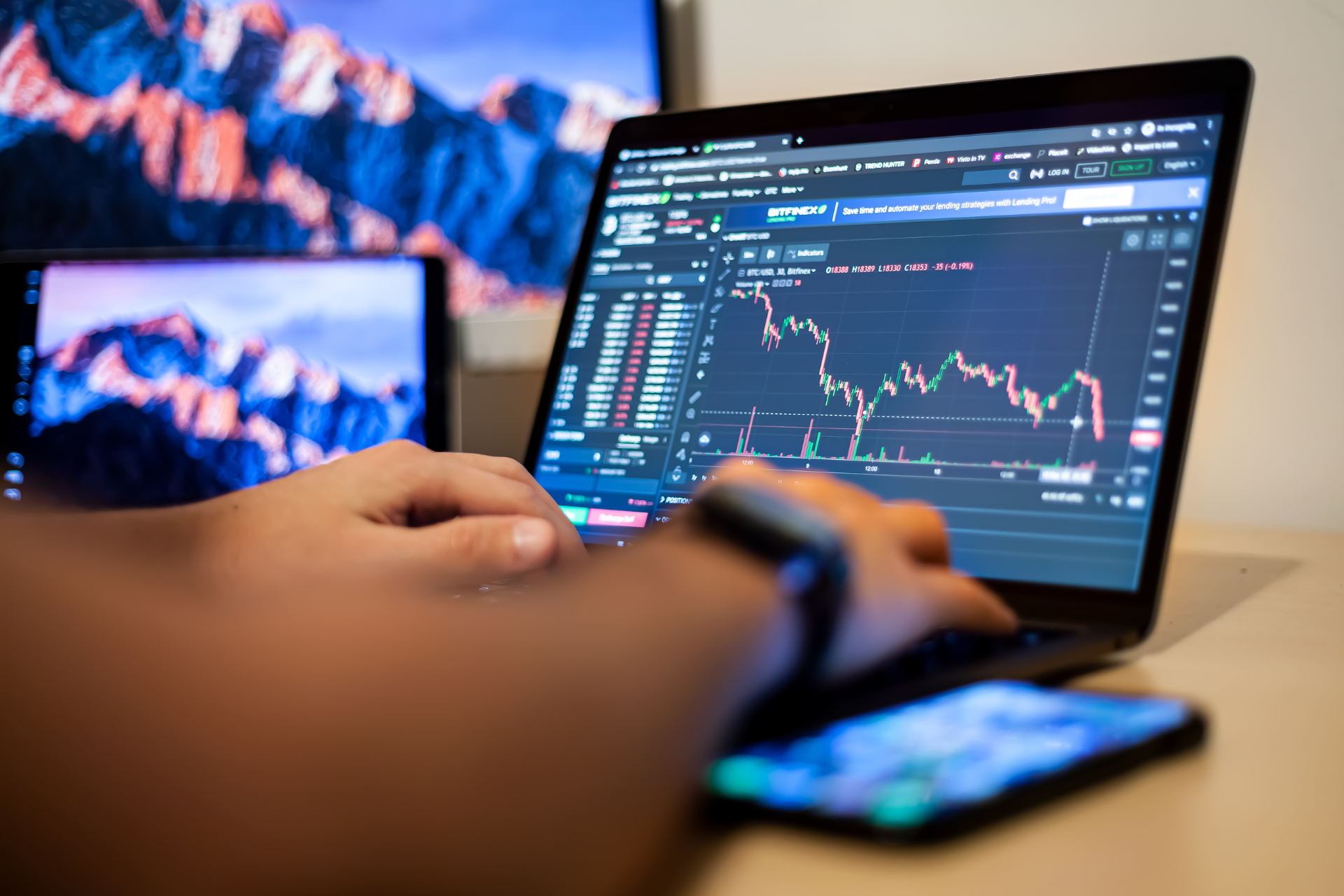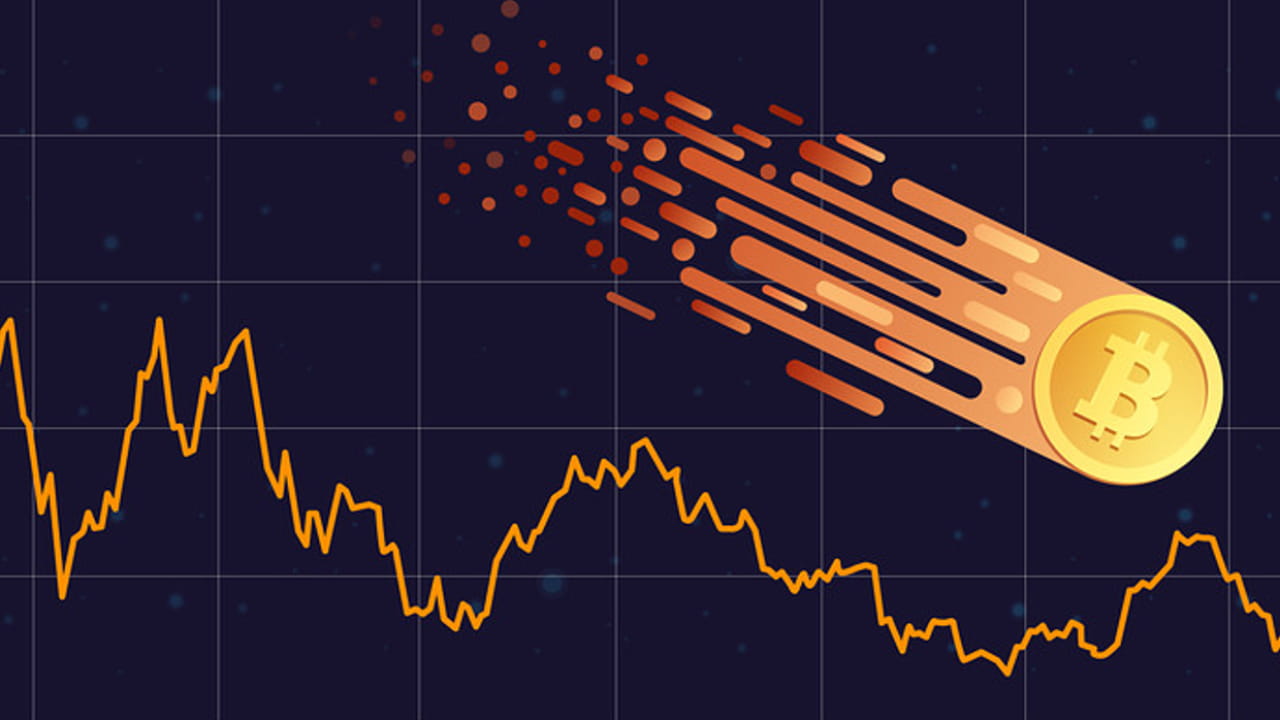
7 Proven Bitcoin Futures Trading Tips for Explosive Profits
The cryptocurrency market has evolved dramatically, and Bitcoin futures trading has emerged as one of the most lucrative yet complex investment strategies available today. As the world’s leading digital asset continues to capture institutional and retail investor attention, futures contracts provide traders with unprecedented opportunities to profit from both rising and falling Bitcoin prices while leveraging advanced risk management techniques.
Bitcoin futures represent contractual agreements to buy or sell Bitcoin at a predetermined price on a specific future date, allowing traders to speculate on price movements without directly owning the underlying cryptocurrency. This sophisticated trading instrument has revolutionized how investors approach crypto derivatives trading, offering enhanced liquidity, regulated environments, and strategic hedging capabilities that traditional spot trading cannot match.
The explosive growth in Bitcoin futures trading volume has created new pathways for generating substantial profits, with major exchanges like CME, Binance, and Bybit reporting record-breaking trading activity. However, success in this volatile market requires more than basic knowledge – it demands a comprehensive understanding of market dynamics, technical analysis, and risk management principles that separate profitable traders from those who experience significant losses.
Whether you’re a seasoned cryptocurrency investor looking to diversify your portfolio or a newcomer eager to explore advanced trading strategies, mastering Bitcoin futures can unlock tremendous profit potential. The key lies in understanding the intricate mechanics of futures markets, implementing proven trading methodologies, and maintaining disciplined risk management practices that protect your capital while maximizing returns.
This comprehensive guide reveals seven battle-tested strategies that successful Bitcoin futures traders use to generate explosive profits. From leveraging market volatility to implementing sophisticated hedging techniques, these proven tips will transform your approach to cryptocurrency trading and position you for long-term success in the dynamic world of digital asset derivatives.
1. Master Risk Management and Position Sizing
Understanding the Foundation of Profitable Trading
Effective risk management forms the cornerstone of successful Bitcoin futures trading, serving as the critical difference between sustainable profits and devastating losses. Professional traders understand that preserving capital is paramount, as even the most sophisticated trading strategies become worthless without proper risk controls in place.
Position sizing represents the most fundamental aspect of risk management, determining how much capital you allocate to each trade based on your total account balance and risk tolerance. The universally accepted rule suggests risking no more than 1-2% of your trading capital on any single Bitcoin futures position, ensuring that even a series of losing trades won’t significantly impact your overall portfolio.
Implementing Dynamic Risk Controls
Modern crypto futures trading platforms offer sophisticated risk management tools that traders must utilize effectively. Stop-loss orders automatically close positions when Bitcoin prices move against your predictions, limiting potential losses to predetermined levels. Meanwhile, take-profit orders secure gains when trades reach your target profit levels, preventing the common mistake of holding winning positions too long.
Margin requirements in Bitcoin futures trading demand careful attention, as exchanges typically require initial margin deposits ranging from 5-20% of the contract value. Understanding these requirements helps prevent unexpected liquidation events that can wipe out entire positions when market volatility spikes unexpectedly.
Advanced traders implement trailing stops that automatically adjust as Bitcoin prices move favorably, locking in profits while allowing positions to capture additional gains during strong trending markets. This dynamic approach to risk management maximizes profit potential while maintaining protective measures against sudden market reversals.
2. Leverage Technical Analysis for Strategic Entry and Exit Points

Identifying High-Probability Trading Opportunities
Technical analysis provides the analytical framework necessary for making informed decisions in Bitcoin futures trading, transforming random market movements into identifiable patterns and trends. Successful traders combine multiple technical indicators to create comprehensive trading strategies that significantly improve their probability of success.
Moving averages serve as fundamental trend-following indicators, with the 50-day and 200-day moving averages providing crucial support and resistance levels for Bitcoin price action. When shorter-term averages cross above longer-term averages, it signals potential upward momentum, creating favorable conditions for long Bitcoin futures positions.
Relative Strength Index (RSI) measurements help identify overbought and oversold conditions in Bitcoin markets, with readings above 70 suggesting potential selling opportunities and readings below 30 indicating possible buying opportunities. Combining RSI signals with other technical indicators creates more reliable trading setups.
Advanced Chart Pattern Recognition
Candlestick patterns reveal market psychology and trader sentiment, providing valuable insights into future Bitcoin price movements. Patterns like doji, hammer, and engulfing formations offer early signals of potential trend reversals or continuations, enabling traders to position themselves advantageously in Bitcoin futures markets.
Support and resistance levels create natural price boundaries where Bitcoin tends to reverse or consolidate, providing optimal entry and exit points for futures positions. Professional traders identify these levels using multiple timeframes, from hourly charts for short-term trades to daily and weekly charts for longer-term positions.
Volume analysis confirms the strength of price movements, as significant Bitcoin price changes accompanied by high trading volume typically indicate sustainable trends. Futures traders use volume indicators to validate their technical analysis and avoid false breakouts that can lead to losing positions.
3. Optimize Leverage Usage for Maximum Profit Potential
Understanding Leverage Dynamics in Bitcoin Futures
Leverage amplifies both potential profits and risks in Bitcoin futures trading, making it one of the most powerful yet dangerous tools available to cryptocurrency traders. Major exchanges offer leverage ratios ranging from 2:1 to 125:1, allowing traders to control large positions with relatively small capital investments.
Conservative leverage usage typically involves ratios between 2:1 and 5:1, providing moderate position amplification while maintaining manageable risk levels. This approach suits traders prioritizing capital preservation and steady profit growth over aggressive speculation and high-risk strategies.
High leverage trading with ratios exceeding 10:1 can generate explosive profits during favorable market movements, but dramatically increases liquidation risks when Bitcoin prices move against your positions. Professional traders reserve high leverage for specific market conditions and limit exposure duration to minimize potential losses.
Strategic Leverage Implementation
Cross-margin and isolated margin modes offer different risk profiles for Bitcoin futures positions. Cross-margin utilizes your entire account balance as collateral, providing maximum flexibility but risking total account liquidation. Isolated margin limits risk to specific position margins, protecting other account holdings from individual trade losses.
Margin monitoring becomes critical when using leverage, as Bitcoin’s notorious volatility can trigger margin calls and forced liquidations with minimal warning. Successful traders maintain margin buffers significantly above minimum requirements, typically keeping margin utilization below 50% of available funds.
Dynamic leverage adjustment based on market conditions and personal risk tolerance helps optimize Bitcoin futures trading performance. During periods of extreme volatility, reducing leverage preserves capital, while stable market conditions may justify slightly increased leverage to enhance profit potential.
4. Implement Market Timing and Volatility Strategies
Capitalizing on Bitcoin’s Inherent Volatility
Bitcoin volatility creates numerous profit opportunities for skilled futures traders, as price swings of 5-15% within single trading sessions are common occurrences. Understanding volatility patterns and timing market entries accordingly can dramatically improve trading performance and profit generation.
Volatility breakout strategies involve identifying periods of price consolidation followed by explosive moves in either direction. When Bitcoin prices compress within narrow trading ranges, they often precede significant breakouts that create substantial profit opportunities for positioned Bitcoin futures traders.
News-driven volatility frequently impacts Bitcoin markets, with regulatory announcements, institutional adoption news, and macroeconomic events causing rapid price movements. Traders who monitor news feeds and social media sentiment can position themselves advantageously before major announcements affect market prices.
Timing Market Cycles and Trends
Market cycle analysis helps identify optimal entry and exit points based on Bitcoin’s historical price patterns and market phases. Understanding bull and bear market characteristics enables traders to adjust their Bitcoin futures strategies according to prevailing market conditions and sentiment.
Seasonal trading patterns in Bitcoin markets reveal recurring trends that informed traders can exploit through strategic position timing. Factors like quarterly options expirations, institutional rebalancing periods, and tax-related selling pressure create predictable market movements.
Intraday trading opportunities emerge during specific time periods when Bitcoin markets experience increased activity and volatility. The overlap between Asian, European, and American trading sessions often produces optimal trading conditions for active Bitcoin futures strategies.
5. Utilize Hedging Techniques to Protect Your Portfolio
Comprehensive Portfolio Protection Strategies
Hedging in Bitcoin futures trading involves establishing positions that offset potential losses in other cryptocurrency investments, creating a balanced approach that protects overall portfolio value during adverse market conditions. Professional traders use various hedging techniques to maintain exposure to Bitcoin’s upside potential while limiting downside risks.
Long-short hedging strategies involve simultaneously holding long Bitcoin spot positions and short Bitcoin futures contracts, creating a market-neutral stance that profits from basis spreads and funding rate differentials. This approach protects against sudden price declines while maintaining exposure to potential gains.
Cross-asset hedging utilizes Bitcoin futures to offset risks in traditional financial portfolios, as Bitcoin’s low correlation with stocks and bonds provides diversification benefits. Institutional investors increasingly use this strategy to enhance overall portfolio risk-adjusted returns.
Advanced Hedging Implementation
Dynamic hedging involves continuously adjusting hedge ratios based on changing market conditions, volatility levels, and correlation patterns between Bitcoin and other assets. This sophisticated approach requires constant monitoring but can significantly improve hedging effectiveness compared to static strategies.
Basis trading exploits price differences between Bitcoin spot markets and futures contracts, capturing profits from convergence while maintaining market exposure. This strategy combines hedging benefits with profit generation opportunities in both normal and volatile market conditions.
Options-futures hedging strategies combine Bitcoin futures with options contracts to create asymmetric risk profiles that limit losses while preserving unlimited upside potential. These complex strategies require advanced understanding but offer sophisticated risk management capabilities.
6. Choose the Right Trading Platform and Optimize Execution

Platform Selection Criteria for Bitcoin Futures
Selecting the appropriate Bitcoin futures trading platform significantly impacts your ability to execute profitable strategies effectively. Major considerations include trading fees, available leverage options, order types, liquidity levels, and regulatory compliance standards that affect overall trading experience.
Binance Futures offers one of the world’s largest Bitcoin futures markets, providing exceptional liquidity, competitive fees, and leverage up to 125:1. The platform’s advanced order types and comprehensive charting tools make it suitable for both beginners and professional traders seeking sophisticated functionality.
CME Bitcoin Futures provides institutional-grade trading in a regulated environment, attracting large investors and offering superior price discovery mechanisms. While leverage is limited compared to crypto-native exchanges, CME’s regulatory oversight and cash settlement options appeal to traditional financial institutions.
Execution Optimization Techniques
Order type selection dramatically affects trade execution quality and profit potential in Bitcoin futures markets. Market orders provide immediate execution but may suffer from slippage during volatile periods, while limit orders offer price control but risk non-execution during rapid market movements.
Algorithmic trading tools available on modern platforms can improve execution quality by automatically managing position entries, exits, and risk controls. These systems reduce emotional decision-making and ensure consistent strategy implementation across various market conditions.
Latency optimization becomes crucial for active Bitcoin futures traders, as even millisecond delays can impact profit potential in fast-moving markets. Using VPS servers near exchange data centers and optimizing internet connections can provide competitive advantages in high-frequency trading scenarios.
7. Develop a Systematic Trading Plan and Maintain Discipline
Creating a Comprehensive Trading Framework
Trading plan development represents the culmination of successful Bitcoin futures trading preparation, combining market analysis, risk management, and execution strategies into a cohesive framework that guides all trading decisions. A well-constructed plan eliminates emotional decision-making and ensures consistent strategy implementation.
Strategy documentation should include specific entry and exit criteria, position sizing rules, risk management parameters, and performance evaluation metrics. This systematic approach enables traders to analyze their results objectively and continuously improve their Bitcoin futures trading performance over time.
Performance tracking through detailed trade records and statistical analysis helps identify strengths and weaknesses in trading approaches. Successful traders maintain comprehensive logs of their Bitcoin futures positions, including entry/exit points, rationale, and outcomes for continuous improvement.
Maintaining Psychological Discipline
Emotional control often determines the difference between successful and unsuccessful Bitcoin futures traders, as fear, greed, and overconfidence can lead to costly decision-making errors. Developing mental discipline through consistent plan adherence and objective market analysis is essential for long-term success.
FOMO (Fear of Missing Out) frequently causes traders to abandon their systematic approaches and chase market movements impulsively. Maintaining focus on pre-defined trading criteria and avoiding reactionary decisions protects against this common psychological trap in crypto futures trading.
Continuous education and market research keep traders informed about evolving Bitcoin futures market conditions, new strategies, and regulatory developments that may impact trading approaches. Successful traders never stop learning and adapting their methods to changing market environments.
Also Read: Bitcoin Futures vs Traditional Commodities Complete Trading Guide 2025
Conclusion
Mastering Bitcoin futures trading requires a comprehensive approach that combines technical expertise, risk management discipline, and psychological fortitude to navigate the volatile cryptocurrency markets successfully. These seven proven strategies – from implementing robust risk controls and technical analysis to optimizing leverage usage and maintaining trading discipline – provide the foundation for generating explosive profits while protecting your capital.
Success in Bitcoin futures markets demands continuous learning, systematic strategy implementation, and the emotional discipline to stick with proven methods even during challenging market conditions. By applying these battle-tested techniques and maintaining a long-term perspective, traders can unlock the tremendous profit potential that Bitcoin futures trading offers while building sustainable wealth in the dynamic world of cryptocurrency derivatives.







